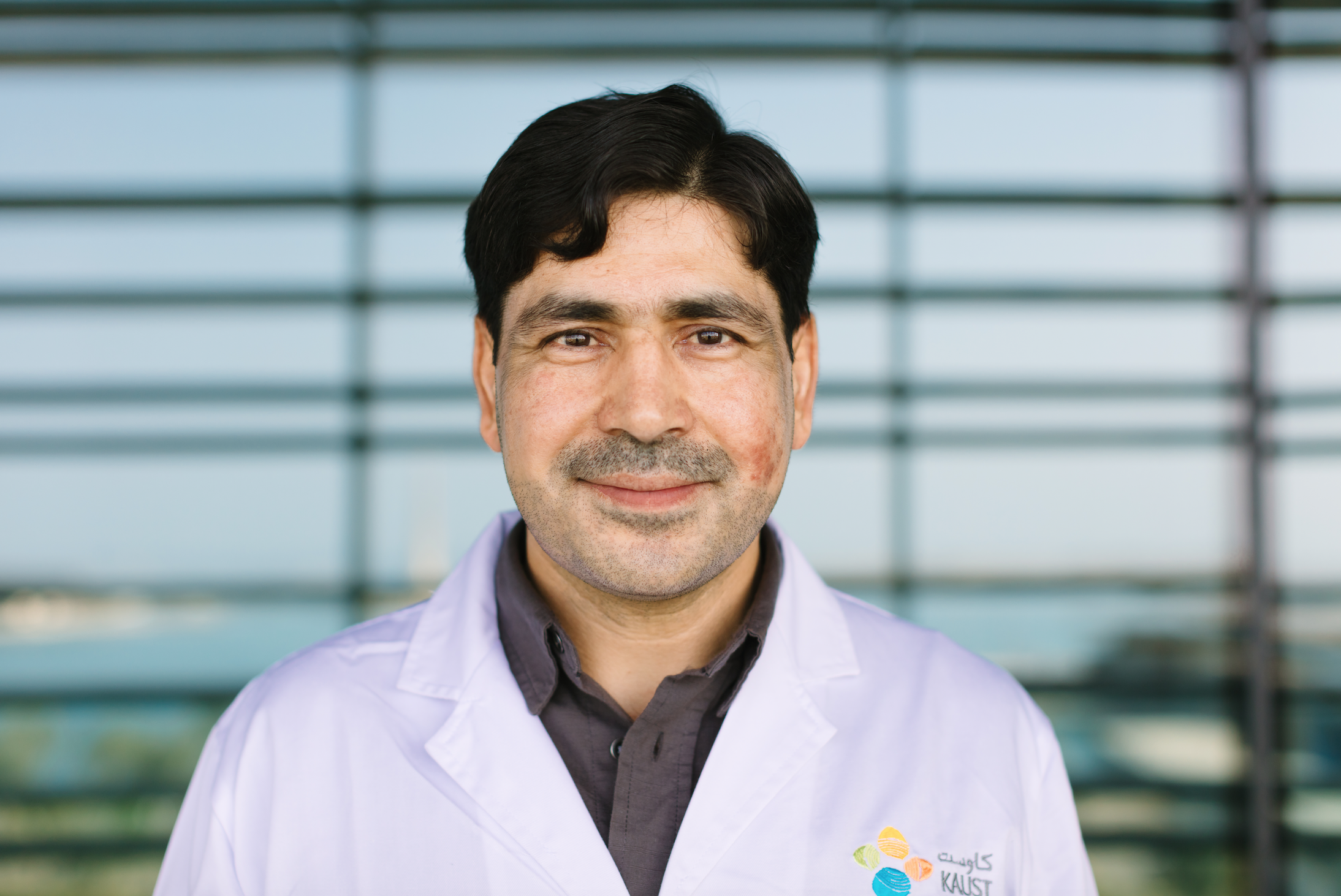

Mar 2020



Speaker: Najwa Al-Otaibi
Title: Picoplankton diel variability and growth rates off KAEC, central Red Sea
Abstract:
The diel variability of the abundance and cell size of picoplankton assemblages was studied at a station located off King Abdullah Economic City (KAEC) in the central Red Sea during four 24-hour cycles in winter (6th–7th March 2016), spring (24th–25th March 2015), summer (5th–6th September 2015) and fall (26th-27th October 2016). Using flow cytometric tools, we distinguished Prochlorococcus, low and high fluorescence Synechococcus (LF-Syn and HF-Syn, respectively), small (Speuk) and large (Lpeuk) picoeukaryotes as well as two groups of heterotrophic prokaryotes of low (LNA) and high (HNA) nucleic acid content. An empirical calibration between diel changes in cell size and growth rates derived from bottle incubations of samples collected from the surface and 550 m in the midnight and noon casts of the winter cycle was used for estimating growth rates in the remaining periods. Autotrophic picoplankton generally grew faster than the heterotrophic counterparts, with weak seasonal differences. Prochlorococcus showed the highest depth-weighted averages (0-100 m) (0.61 ± 0.11 d-1), followed by LF-Syn (0.49 ± 0.09 d-1), HF-Syn (0.39 ± 0.03 d-1), Lpeuk (0.37 ± 0.08 d-1) and Speuk (0.27 ± 0.03 d-1). HNA consistently outgrew LNA heterotrophic prokaryotes, with significantly higher values in the epipelagic (0.41 ± 0.08 d-1) than in the mesopelagic (0.27 ± 0.05 d-1) while no differences were found for LNA cells (0.20 ± 0.06 d-1 vs. 0.17 ± 0.06 d-1, respectively). Autotrophic picoplankton mean abundances over the 24-hour cycles in the upper epipelagic reflected the changes in estimated growth rates (r= 0.58, p< 0.0001, n= 91). These findings add to recent reports on the seasonal and vertical variability of Red Sea picoplankton, a key component of marine food webs in tropical waters.
Bio:
Najwa Al-Otaibi is a Ph.D. candidate in Microbial Oceanography and Biogeochemistry Lab (microbiogeo) under the supervision of Prof. Xosé Anxelu G. Morán. Najwa obtained her bachelor's degree in the Biotechnology department at Taif University in 2011 and a master's degree in Bioscience at Water Desalination and Reuse Center (WDRC), KAUST, in 2014.
Najwa Ph.D. dissertation, plans to defend this year, addresses the temporal variability of autotrophic and heterotrophic picoplankton in the central Red Sea and how temperature and nutrient additions affect the response of planktonic microbial communities in surface waters from KAUST harbor.


Speaker: Syed Haleem Shah
Title: Productivity of heterotrophic prokaryotes in the central Red Sea
Abstract:
Heterotrophic prokaryotes productivity is central to the oceanic carbon cycle, since it poses a key matter and energy flow to higher trophic levels in marine food webs. We have recently started to assess the production rates of planktonic heterotrophic prokaryotes (PHP) along the inshore-offshore gradient in the central Red Sea. Radioactively (3H)-labeled leucine (Leu) and thymidine (TdR) incorporation into cellular macromolecules has been measured in monthly surface samples from KAUST Harbor and Abu Shusha reef since October 2019, as well as once throughout the water column at a station off KAEC. However, converting radiolabeled substrate incorporation into bacterial biomass or cell number production require empirical conversion factors (eCF). The first eCFs available (December 2019) indicate that the theoretical values were only reached in Harbor waters (1.60 ± 0.02 kg C mol Leu-1 and 1.61 ± 0.04 x 1018 cells mol TdR-1), while those at Abu Shusha reef were significantly lower (0.58 ± 0.01 kg C mol Leu-1 and 6.55 ± 0.04 x 1017 cells mol TdR-1). Significantly higher values of PHP were recorded at KAUST Harbor compared to Abu Shusha reef although with large monthly variations. Our results from KAEC station indicate relatively high PHP values in the upper epipelagic (0-60 cm) with consistently lower values in the mesopelagic region. However, a distinct peak was observed at the depth of the mesopelagic fish layer during daytime (580 m), demonstrating the hypothesized existence of labile dissolved organic matter hotspots. These first PHP data to date will allow us to gain insight into the factors controlling the growth rates and standing stocks of heterotrophic bacteria and archaea in Red Sea waters.
Bio:
Syed Haleem Shah is Post-doctoral Fellow in Microbial Oceanography and Biogeochemistry Lab (microbiogeo) under the supervision of Prof. Xosé Anxelu G. Morán. He received his PhD in Environmental Science and Engineering working in McCabe group. He obtained a dual MSc in Physical Land Resource from Ghent University, Belgium. Before moving to KAUST, he has been working as Visiting Scientist at Korea Institute of Science and Technology (KIST) for three years. He also worked as Agricultural Chemist in United Nations Development Program (UNDP) for two years after his MSc. Dr. Shah is interested in investigating profiles of phytoplankton-bacterioplankton trophic relationships in Red Sea waters through the assessment of photosynthesis-irradiance relationships and primary/secondary production rates of phytoplankton-bacterioplankton using radioisotopes labelling methods.